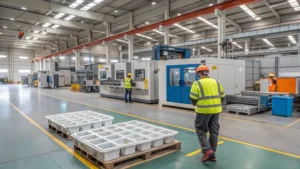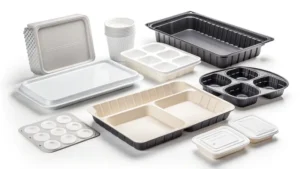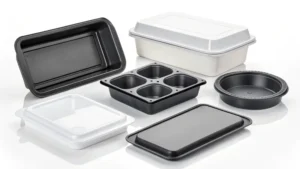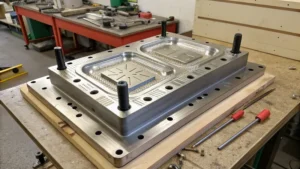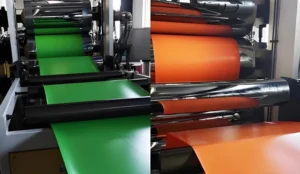
Plastic extrusion is a fascinating manufacturing process that transforms raw plastic into a vast array of everyday products, from pipes to packaging films. If you’re new to the concept, don’t worry—this guide will break it down for beginners, explaining what plastic extrusion1 is, how it works, and why it’s so essential in today’s world. Whether you’re curious about the basics or looking to apply it in a practical setting, you’ll find everything you need to get started right here.
Plastic extrusion melts raw plastic and pushes it through a shaped die to create continuous profiles like pipes, sheets, and tubes—a cost-effective method for high-volume production. Picture squeezing toothpaste through a tube: the opening shapes the paste into a long, consistent form. That’s extrusion in a nutshell. It’s widely used in industries like construction, packaging, and automotive because it’s efficient, versatile, and perfect for making uniform parts in large quantities.
Plastic extrusion is only for simple shapes.False
Advanced dies can create complex profiles like window frames or multi-layered films.
Extrusion is more energy-efficient than other processes.True
Its continuous operation reduces energy use for long, uniform parts.
- 1. What Is Plastic Extrusion and How Does It Work?
- 2. What Are the Common Applications of Plastic Extrusion?
- 3. How Does Plastic Extrusion Compare to Other Processes?
- 4. What Materials Are Used in Plastic Extrusion?
- 5. What Are the Steps in the Plastic Extrusion Process?
- 6. How Can a Design Checklist Optimize Plastic Extrusion?
- 7. What Technologies Relate to Plastic Extrusion?
- 8. Conclusion
What Is Plastic Extrusion and How Does It Work?
Plastic extrusion might sound technical, but it’s a straightforward process that powers modern manufacturing. Let’s dive into the essentials.
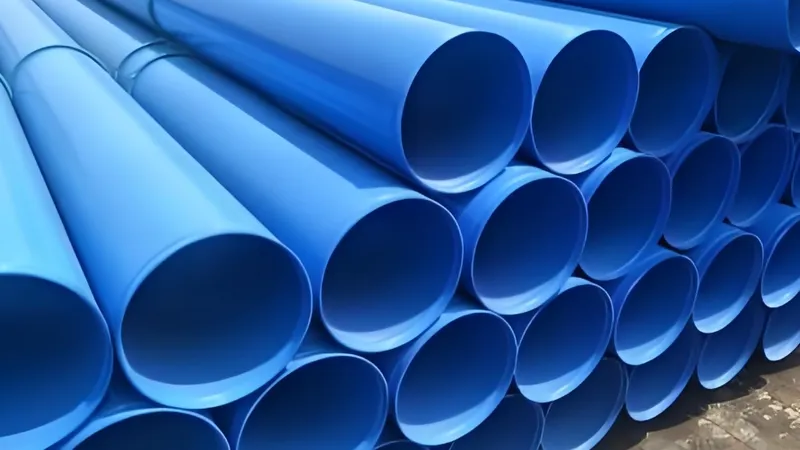
Plastic extrusion involves melting plastic pellets and forcing them through a die to form continuous shapes like pipes or sheets, ideal for consistent, high-volume parts. The process begins with small plastic pellets fed into an extruder. Inside, a rotating screw heats and melts the plastic, then pushes it through a die—a metal template that molds the molten plastic into a specific shape. As it exits, the plastic cools and solidifies, ready to be cut or trimmed into finished products.
Think of it like a Play-Doh machine: you press the dough (plastic) through a shaped hole (die) to get long, uniform strands. This method is perfect for creating items like straws, hoses, or window trims with reliable consistency.
Extrusion can mix different plastics at once.True
Co-extrusion allows multiple plastics to be layered for enhanced properties.
Cooling locks in the final shape.True
Proper cooling ensures the plastic holds its form without deforming.
What Defines Plastic Extrusion?
Plastic extrusion, sometimes called plasticating extrusion, is a continuous process that shapes thermoplastic materials2—plastics that soften when heated—into profiles with a fixed cross-section. Unlike batch processes such as injection molding, extrusion keeps going, producing long lengths of material without interruption.

How Does the Process Actually Work?
Here’s the step-by-step breakdown:
- Feeding: Plastic pellets are loaded into a hopper.
- Melting: A screw spins inside a heated barrel, melting the pellets into a smooth liquid.
- Shaping: The molten plastic is forced through a die, forming the desired profile.
- Cooling: Water or air cools the plastic, hardening it into shape.
- Finishing: The continuous profile is cut or trimmed to size.
Key factors like temperature (typically 200–275°C), screw speed (up to 120 rpm), and die design control the outcome, ensuring precision and quality.
Extrusion is fully automated.False
While machines do the heavy lifting, operators adjust settings and monitor quality.
Why Is Extrusion So Popular?
Extrusion shines because it’s efficient and adaptable. It’s cheaper for large production runs, delivers consistent results, and works with many plastics, making it a favorite for industries needing reliable, repeatable parts.
What Are the Common Applications of Plastic Extrusion?
You’d be surprised how many everyday items owe their existence to plastic extrusion. Its ability to produce long, consistent shapes makes it a manufacturing superstar.

Plastic extrusion is used in construction for pipes and window frames, in packaging for films and sheets, and in electrical work for wire insulation. In construction, extruded PVC pipes3 carry water, while durable window frames resist weathering. Packaging leans on extruded films for bags and wraps, and electrical applications use extrusion to coat wires with protective layers.
It doesn’t stop there—extrusion also serves automotive trims, medical tubing, and more, proving its incredible range.
Extrusion is only for small items.False
It can produce large parts like structural beams or wide sheets.
Extruded products lack strength.False
PVC pipes, for example, are tough and often outlast metal in harsh conditions.
Construction: Building Strong Foundations
Extruded PVC pipes and profiles are construction staples, offering strength, corrosion resistance, and affordability for plumbing and structural uses.
Packaging: Keeping Goods Safe
Extruded plastic films and sheets dominate packaging, providing lightweight, cost-effective solutions for food wraps, bags, and protective layers.
Electrical: Powering Safety
Extruded plastic coatings insulate wires, ensuring safety and durability by shielding against wear, moisture, and environmental damage.
How Does Plastic Extrusion Compare to Other Processes?
Wondering how extrusion stacks up against other manufacturing methods? Let’s compare it to some common alternatives.

Plastic extrusion is ideal for long, uniform profiles, while injection molding suits complex 3D shapes—extrusion wins for speed and cost in high-volume, simple parts. Extrusion runs continuously, perfect for pipes or sheets, while injection molding crafts detailed, individual items like toy figures. Extrusion is faster and cheaper for consistent shapes, but injection molding excels at intricate designs.
Material efficiency also varies: extrusion is great for hollow profiles, while injection molding is better for solid, complex parts.
Injection molding is always more expensive.False
For small runs of detailed parts, it can be cheaper due to simpler setup.
Extrusion can’t make varying shapes.True
It’s limited to consistent cross-sections along the length.
Extrusion vs. Injection Molding
Extrusion is continuous and budget-friendly for long profiles, while injection molding is batch-based and ideal for precise, detailed components.
Extrusion vs. Blow Molding
Blow molding creates hollow objects like bottles, while extrusion focuses on solid or tubular profiles—choose based on your part’s structure.
Extrusion vs. Thermoforming
Thermoforming shapes extruded sheets into items like trays, relying on extrusion as an upstream step to produce those sheets.
What Materials Are Used in Plastic Extrusion?
The plastic you pick changes everything—from how the process runs to what your final product can do. Here’s the rundown.
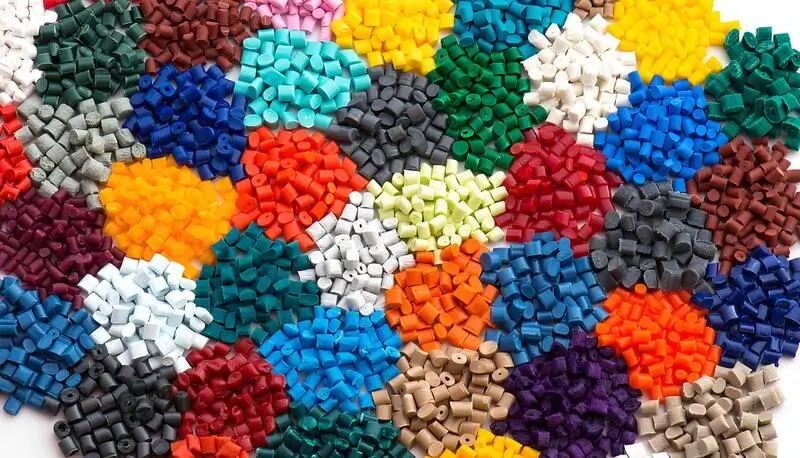
Common extrusion materials include polyethylene (PE), polypropylene (PP), PVC, polystyrene (PS), and ABS, chosen for properties like flexibility, strength, or clarity. PE is flexible and affordable, great for films. PP is strong and lightweight, perfect for packaging. PVC is rigid and fire-resistant, a construction favorite. PS is clear and shapeable, while ABS offers toughness for durable goods.
Each material’s melting point and flow affect extrusion settings, so matching the plastic to your needs is key.
Any plastic can be extruded.False
Thermosets, which harden permanently, can’t be remelted for extrusion.
Material choice affects extrusion speed.True
Higher melting points or thicker plastics can slow things down.
Polyethylene (PE): Flexible and Friendly
With a low melting point (120–180°C) and easy flow, PE is a go-to for films, pipes, and lightweight parts.
Polypropylene (PP): Tough and Versatile
PP melts at 160–220°C and brings strength to packaging and automotive components, balancing durability and weight.

Polyvinyl Chloride (PVC): Solid and Steady
PVC (160–200°C) needs stabilizers for heat but delivers rigid, reliable products like pipes and window frames.
What Are the Steps in the Plastic Extrusion Process?
Ready to see how it all comes together? Here’s the process from start to finish.
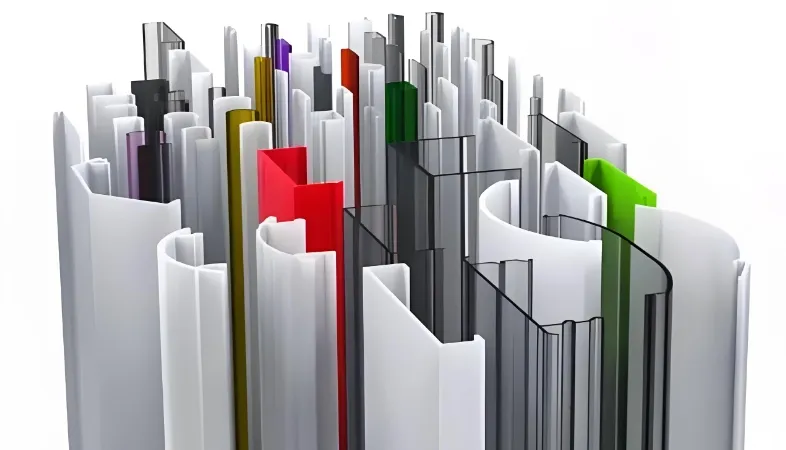
Plastic extrusion involves preparing materials, feeding them into an extruder, melting and shaping them, then cooling and finishing the product.
- Preparation: Pellets are mixed with additives like colorants or stabilizers.
- Feeding: Pellets drop into the extruder’s hopper.
- Melting: A screw and heaters turn the pellets into a molten flow.
- Shaping: The melt passes through a die to form the profile.
- Cooling: Air or water hardens the shape.
- Finishing: The continuous product is cut or trimmed.
Temperature, screw speed, and die design are dialed in to keep everything running smoothly.
Humans aren’t needed in extrusion.False
Operators tweak controls and check quality, even on automated lines.
Cooling is the most critical step.False
Melting and shaping are just as vital for success.
Material Preparation: Laying the Groundwork
Choosing the right plastic and additives sets the stage for a product that meets your specs.
Melting and Mixing: From Solid to Liquid
The screw and heat work together to create a uniform melt, ready for shaping.
Shaping and Cooling: Finalizing the Form
The die crafts the profile, and cooling ensures it holds—too fast or too slow, and you risk defects.
How Can a Design Checklist Optimize Plastic Extrusion?
A simple checklist can save you headaches by aligning your design with extrusion’s capabilities.
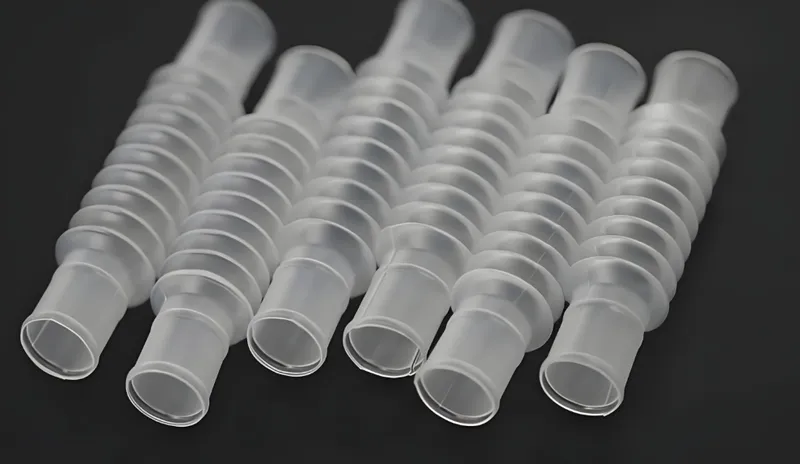
A design checklist4 ensures a constant cross-section, smooth transitions, and the right material for flow and strength. Here’s how to use it.
Maintain a Constant Cross-Section
Extrusion thrives on uniformity—varying thicknesses might call for a different process.
Avoid Sharp Corners
Sharp angles can weaken the part or disrupt flow; opt for rounded edges and a high-flow plastic.
Select the Right Material
Pick a plastic with the melt flow and strength your design demands—get this wrong, and the whole process suffers.
A checklist prevents extrusion issues.True
It catches potential flaws before production starts.
Extrusion suits any design.False
It’s best for consistent, continuous profiles.
What Technologies Relate to Plastic Extrusion?
Extrusion doesn’t stand alone—it’s part of a bigger manufacturing picture. Let’s explore its connections.
Related technologies include upstream pellet production and downstream finishing or co-extrusion5, expanding what extrusion can achieve. Here’s the breakdown.

Upstream: Pellet Manufacturing
Plastic pellets are born from polymerization, blended with additives to prep them for extrusion’s demands.
Downstream: Finishing Touches
After extrusion, products might be cut, drilled, or assembled—pipes, for example, get fittings or custom lengths.
Advanced Techniques: Co-Extrusion
Co-extrusion layers different plastics in one go, like a soft core with a hard shell, opening up new design options.
Co-extrusion enables multi-material profiles.True
It combines plastics for unique strength or flexibility.
Extrusion is isolated from other processes.False
It ties into a chain from pellet-making to final assembly.
Conclusion
Plastic extrusion is a game-changer—simple yet powerful, turning raw plastic into pipes, films, and more with efficiency and precision. This guide has walked you through what it is, how it works, and where it shines, giving you a solid foundation to explore further. Whether you’re a beginner or a pro, extrusion’s versatility is yours to harness.
-
Explore this resource to gain a deeper understanding of plastic extrusion, its applications, and its significance in manufacturing. ↩
-
Learn about thermoplastic materials to understand their role in the extrusion process and their advantages in manufacturing. ↩
-
Discover the advantages of extruded PVC pipes, including their strength and corrosion resistance, essential for construction applications. ↩
-
This link provides essential insights into creating an effective design checklist for successful plastic extrusion projects. ↩
-
Discover the advantages of co-extrusion and how it can enhance your plastic products and designs. ↩


